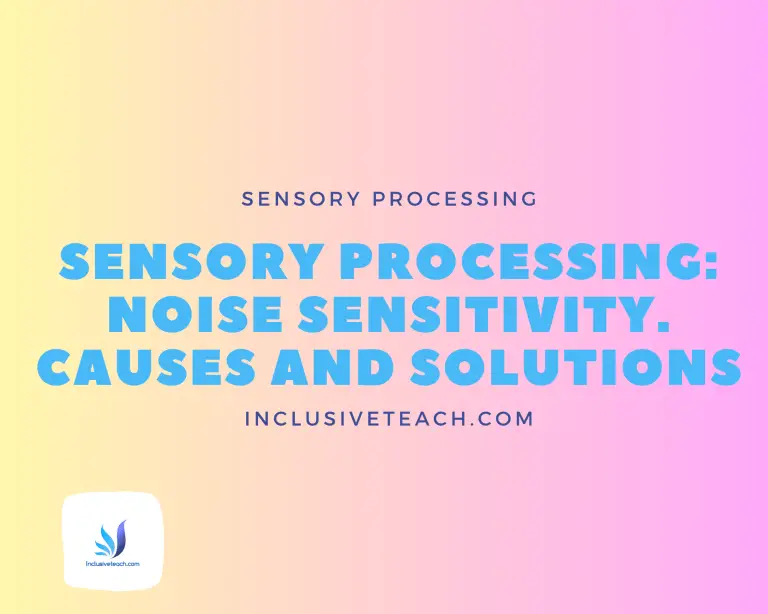Tonic Labyrinthine Reflex (TLR): How to Help Children who have Retained this Reflex
What is the Tonic Labyrinthine Reflex (TLR)?
The tonic labyrinthine reflex (TLR) is one of several infant reflexes that are completely normal in babies under 6 months old. When the TLR relfex is triggered, it causes babies to tilt their heads back and tense their bodies when the head changes position. For example, when you lie a baby down, the head tilts backward and the back arches slightly.
This reflex originates in the inner ear and helps babies orient themselves and stabilise their bodies before they develop head control. As children develop voluntary movement, primitive reflexes like the TLR naturally integrate and disappear around 6 months old. However, sometimes the TLR persists past infancy. This is known as a retained or persistent reflex. It can impact a child’s development and learning. We are seeing a few children coming through born in lockdown who for several reasons have missed their two-year checks and may (I stress may as research is limited) have missed key elements of their development with more screen-based/sedentary early lives. Fortunately, there are ways to address this, and best of all many of these activities are through play and exercise.
Signs of a Persistent Tonic Labyrinthine Reflex
If the TLR does not properly integrate in a growing child, you may observe:
- Difficulty bending head forward when sitting to look at objects in their hands or on the floor
- Leaning head back over the edge of surfaces when laying down instead of turning head to the side
- General low muscle tone and flexibility
- Poor pencil grip and handwriting skills
- Excessive drooling beyond teething age
- Difficulty crossing midline and using two sides of body together
- Delays in developing motor skills requiring head control like rolling, crawling, or walking
- Balance and coordination problems like tripping often or awkward gait
- Car sickness or dizziness during activities like swinging, somersaults, or rolling
- Trouble stabilizing eyes on a word or object when head is moving
How Retained TLRs Affect Children
While a persistent Tonic Labyrinthine Reflex alone does not necessarily indicate a neurological or developmental disorder, it can interfere with a child’s learning and movement. Since the head cannot flex forward properly, retained TLRs often impair kids’ ability to:
- Stabilise head for sitting, crawling, or walking
- Coordinate both sides of the body simultaneously
- Maintain visual tracking when moving head
- Develop proper hand dominance and dexterity
- Sit upright for reading and writing tasks
This can hinder development of age-appropriate muscle strength, balance, bilateral coordination, and visual tracking which are all needed for school readiness. some children also have trouble modulating vestibular stimulation which can affect emotional regulation.
Activities to Help Integrate the Tonic Labyrinthine Reflex
The good news is retained primitive reflexes can usually be integrated through targeted sensory-motor activities. Here are some exercises and play routines that can help integrate the TLR:
- Games like wheelbarrow walking that have the head tilted back in different directions
- Arm exercises while laying on stomach in a Superman pose
- Log rolling across mats or down gentle slopes
- Somersault exercises and rolling down inclines
- Animal walks like crab walk, bear walk and wheelbarrow walk
- Swinging and spinning on safe playground equipment
- Hanging upside down or vertical on monkey bars and ladders
- Drawing or reading while laying on stomach over an angled surface
- Body bending exercises like toes to nose stretches
Remember the movements should be slow, controlled, and gentle – not overly dizzying or too rapid. Progressively working on TLR integration activities for 10-15 minutes per day can help improve postural control, bilateral coordination, balance, hand arches, visual tracking, and pencil grip. But be sure to consult an occupational therapist before beginning an exercise program for correct progressions and precautions.
Why Does the TLR Persist in Some Children?
The tonic labyrinthine reflex is wired into the brainstem and usually integrates naturally around 6 months as a baby gains mobility and head control. However, in some children the TLR persists past normal development, impairing motor skills and learning. There are several possible reasons this vestibular reflex fails to properly integrate:
Prenatal Causes
- Stress hormones or toxins during pregnancy can impact healthy brain development
- Substance abuse like alcohol or drugs during pregnancy puts babies at risk
- Complications of labour and delivery, like emergency C-section, can cause reflex retention
- Premature birth or low birth weight leaves babies with underdeveloped nervous systems
Early Childhood Factors
- Delayed motor milestones like rolling, sitting, or crawling can fail to integrate primitive reflexes
- Insufficient tummy time and opportunity for free floor movement and play
- Not enough early vestibular stimulation through movements like swinging or rocking
- Serious childhood illnesses in the first year
- Inadequate nutrition or weight gain resulting in low muscle tone
Other Causes
- Developmental disorders like autism or genetic conditions
- Stressful environments preventing healthy sensory-motor development
- Neurological damage from injury, infection, or other trauma
The good news is identifying and addressing retained primitive reflexes early through playful exercises and activities can help integrate them and get development back on track. An occupational therapist can help evaluate your child’s reflexes and create an appropriate sensory-motor program for developing the TLR reflex

Further Reading and Resources
- What is the Tonic Labyrinthine Reflex (TLR)? – Harkla: This source explains what the Tonic Labyrinthine Reflex is, how it emerges and integrates, how it affects the child’s development, and how to test for it. It also provides some examples of exercises and activities that can help with TLR integration, such as rocking, rolling, crawling, and spinning.
- Tonic labyrinthine reflex – Physiopedia: This source provides a more detailed description of the Tonic Labyrinthine Reflex, its emergence and integration, its position, stimulus and response, its clinical implication, and its physiotherapy management. It also includes some videos and images to illustrate the TLR and its testing.
- How to perform the Tonic Labyrinthine Reflex – Physitrack: This source provides a simple and concise guide on how to perform the TLR exercise with a child. It also includes a video demonstration of the exercise.
- Tonic Labrynthine Reflex – Rhythmic Movement: This source provides some information on the purpose and benefits of the TLR, as well as some suggestions on how to integrate it through rhythmic movement activities, such as bouncing on a ball, swinging on a hammock, or dancing.
FAQs
Q1. What are the symptoms of retained TLR Reflex?
Symptoms of Retained Tonic Labyrinthine Reflex include
– Poor balance and spatial awareness
– Tense muscles, toe walking
– Difficulty concentrating, holding still
– Muscle tone and posture issues
– Trouble focusing when head is down
– Dyspraxia, poor rhythm sense
– Easy motion sickness, toe walking preference
– Speech and auditory difficulty
– Spatial problems, increased collisions
– Consider a quick test even without visible symptoms for potential unknown effects.
Q2. How do you test for persistent TLR?
To check for the Tonic Labyrinthine Reflex, have the child stand with feet together and arms down. They lift their head, close their eyes, and hold for 10 seconds. Then, slowly look down and hold for another 10 seconds. Repeat this process four times.






